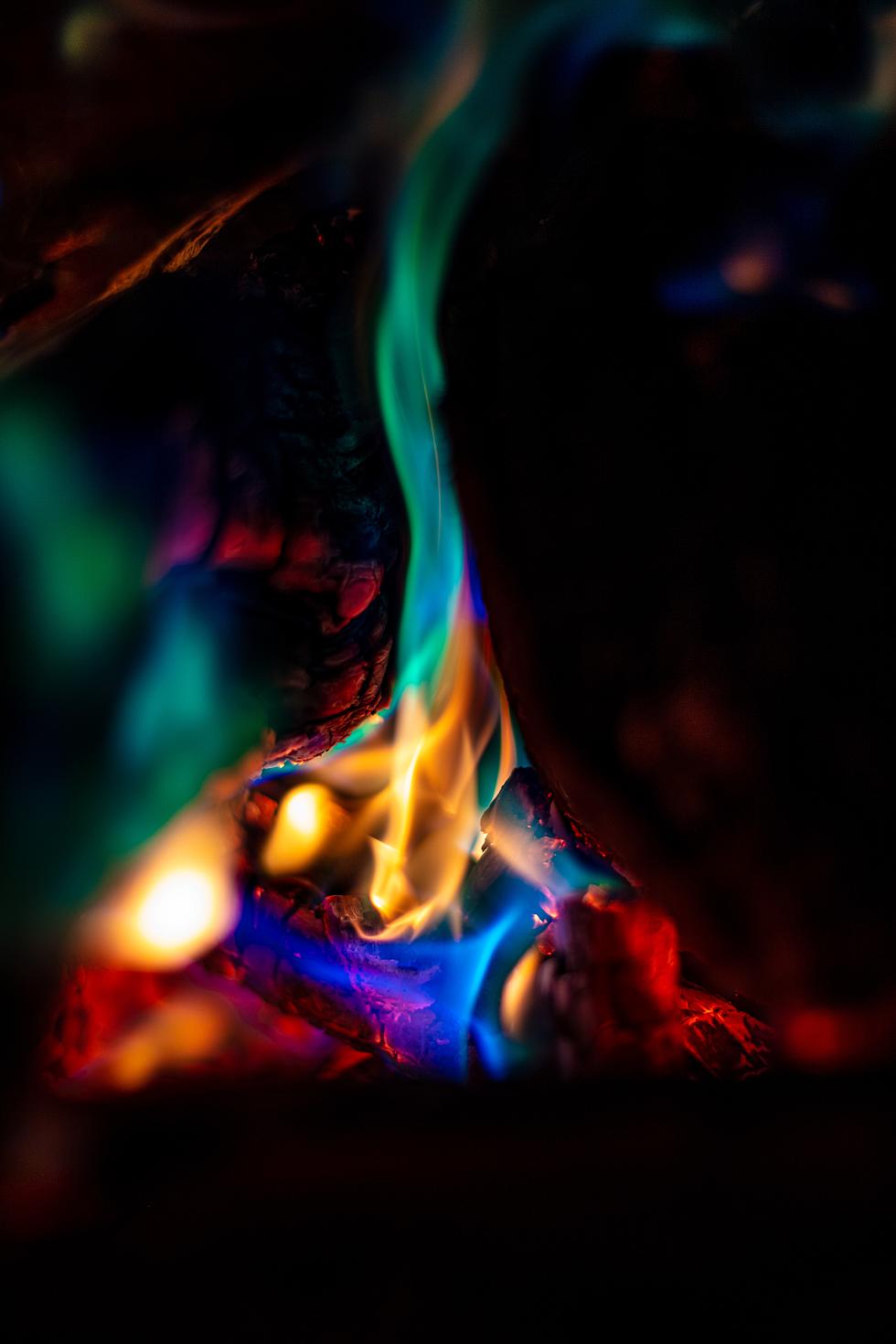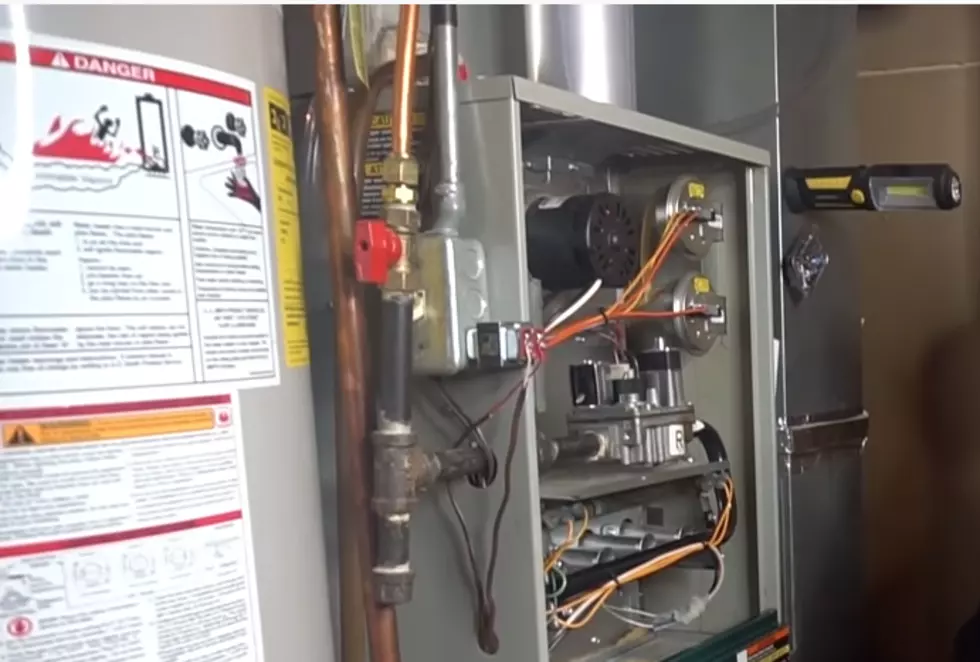
Is Your Home Ripe for a Dryer Fire? Here’s How to Check
A Sunday morning fire in New Iberia is believed to have been sparked by a clothes dryer. That story got me to thinking about my own clothes dryer and the fact that I am not the best at remembering to clean the lint filter. To make matters even worse, sometimes when I do pull the filter all the lint gets sucked down into the vent pipe.
Hmmm, I wonder where all that lint goes, or in the worst-case scenario, doesn't go.
January is the month when most dryer fires happen. That's because even the hardiest of clothesline users find the weather in January to be very non-conducive for outside drying.
The additional uses of the appliances during the cold weather months and year-long user apathy tends to make the clothes dryer one of the most dangerous appliances in your home. That's because all of that dryer lint is highly combustible and the fact that it's stored, or trapped, around a heat source is not a good combination.
According to Clean Air Solutions, here's what you can do to minimize your chance of needing the fire department to help you finish laundry by putting the fire out in your dryer.
- Be sure to take out the lint trap and clean both the front and back of it, removing all trapped lint before replacing it. Do this both before and after each load of clothes you dry, especially if you are not the only person who uses the clothes dryer.
- Inspect the exhaust vent at the rear of your dryer. Verify that it is not obstructed or damaged in such a way that it can't do its job.
- Walk outside to be sure the vent opening is clear of debris and blockages. Turn on the dryer and make sure the vent is opening as it should while a dry cycle is in progress.
- Never, ever use your clothes dryer without making sure the lint trap is in place!!
- Schedule professional clothes dryer vent cleaning and servicing at least once per year to clean out trapped lint that you cannot access yourself and ensure there are no hidden fire risks you are unaware of.
More From 97.3 The Dawg



![This is How Fast Your Christmas Tree Can Go Up in Flames [Video]](http://townsquare.media/site/33/files/2020/12/attachment-Christmas-Tree-Fire.jpg?w=980&q=75)





